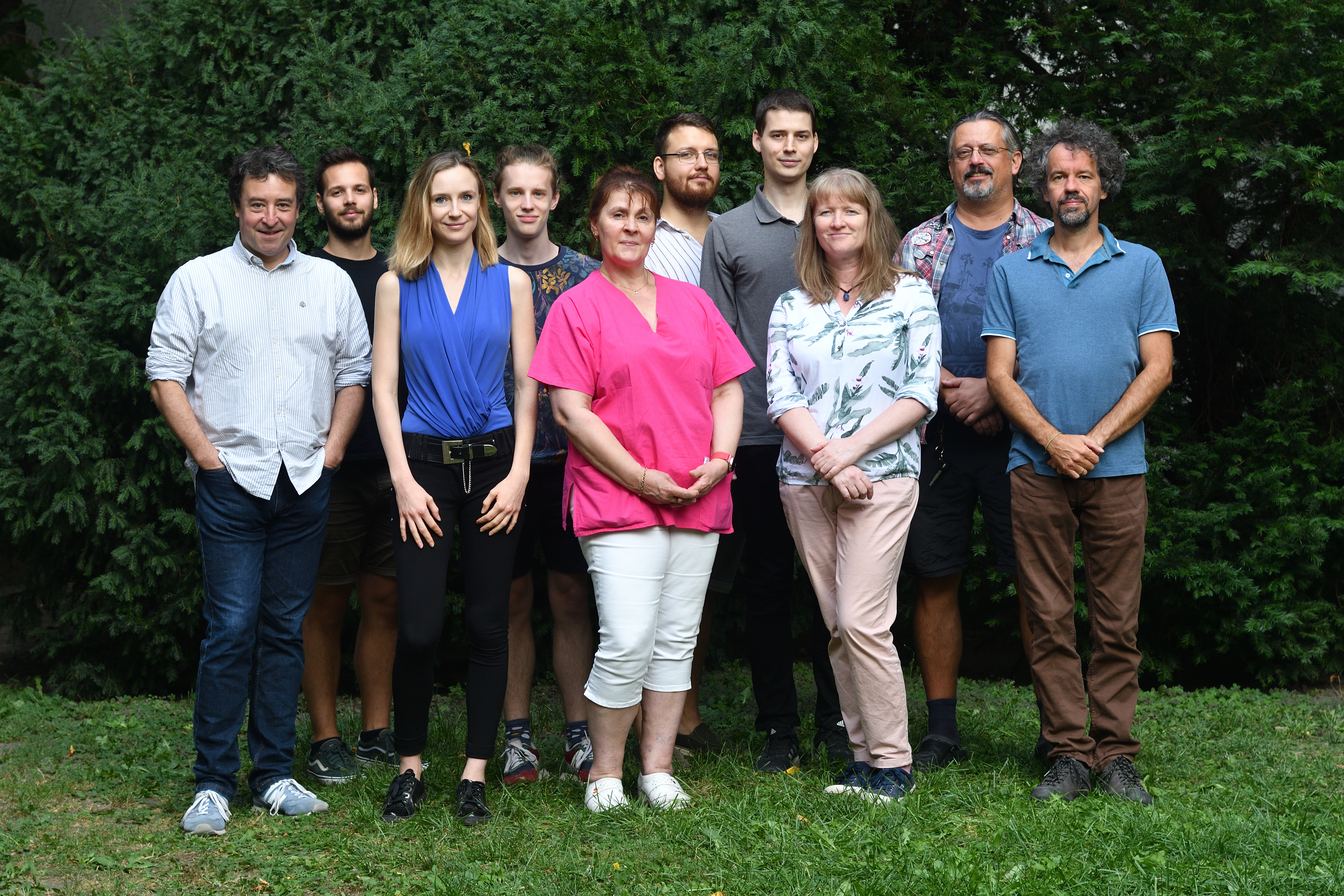Molecular cloning and protein work
Our key research focus centers on the function of distinct molecular players of the endocannabinoid system and other lipid signaling pathways in the nervous system.
To address our research questions, we have generated an extensive library of genetic constructs, allowing us to perform correlative experiments (e.g. using HA-, SEP-, AcGFP- or mCherry-tagged proteins) and perturbation experiments (e.g. using gain-of-function or loss-of-function models) against our genes of interest. Therefore, the laboratory is well equipped for all standard molecular neurobiology techniques, which are critical for all of our current projects. We occasionally receive DNA constructs from colleagues and commercial sources, but we also regularly generate plasmids in the lab. We achieve this by firstly purifying total RNA from brain tissue, reverse transcribing it into cDNA and then by using conventional PCR we can obtain enough DNA for plasmid generation. Also, the lab maintains several genetically-modified mouse strains (>10 lines at the moment), therefore the PCR machines are regularly used for genotyping reactions.
We exploit most conventional bacterial systems for initial cloning and the resulting plasmids are analyzed on agarose gels by restriction enzyme digestions or by polymerase chain reactions and are always sequenced before use. We also utilize the E. coli heterologous protein expression system to purify GST-tagged epitopes for antibody generation. Expressed proteins can be analyzed via conventional SDS polyacrylamide gel electrophoresis. The GST tags are cut from the epitope using thrombin, and injected into rabbits or KO mice to generate the desired antisera (this latter step is carried out in collaboration with Prof. Imre Kacskovics at the Department of Immunology, Eötvös Loránd University, Budapest and Immunogenes AG). Following immunization, the affinity-purified antibodies are initially analyzed on a Western blot, then verified by immunohistochemistry on brain sections derived from wild-type and knock-out animals. All of our published constructs and antibodies are freely available for the life science community upon request.






